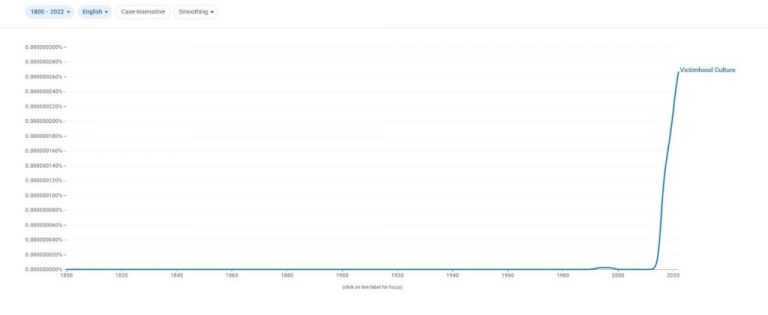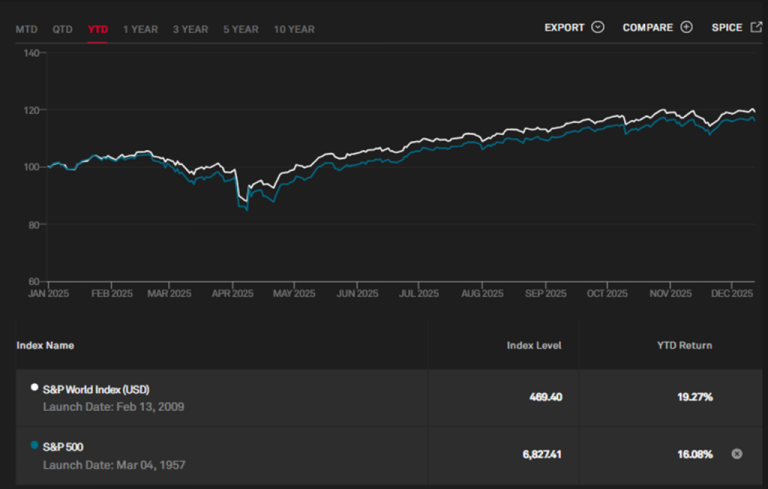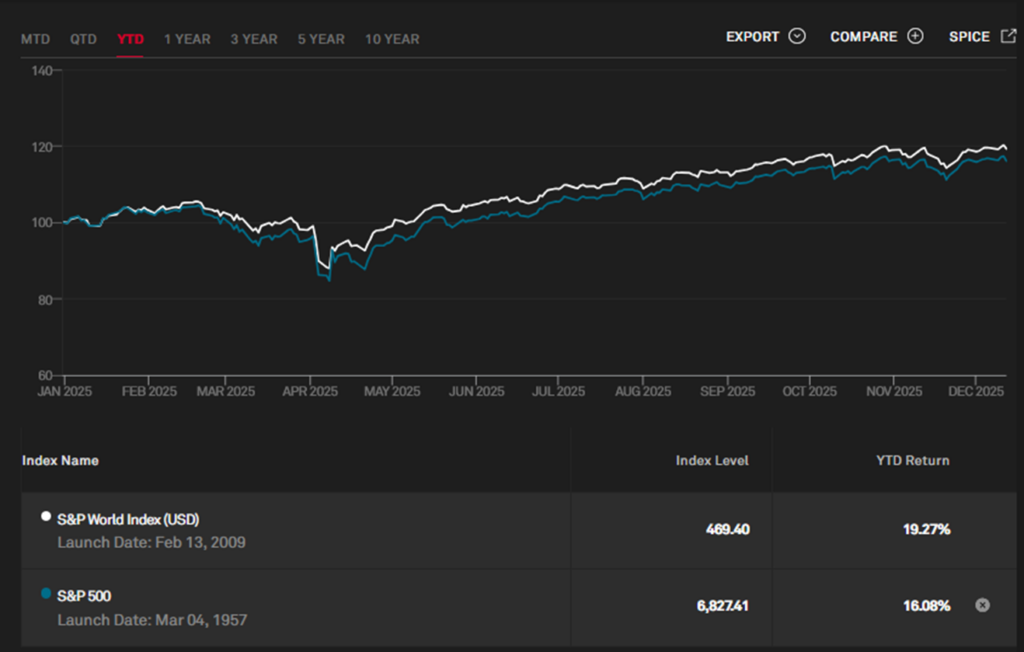Capitol Hill is a ghost town with both the House and Senate out of session until a few days into the new year.
Lawmakers left town the week before Christmas, and with their departure have left several key fights unresolved — with deadlines looming large for both Republicans and Democrats.
Government funding
Congress voted to end the longest-ever government shutdown in history last month after 43 days of gridlock.
But lawmakers did not strike a deal on federal funding for the rest of fiscal year (FY) 2026, which they’re expected to do annually. Instead, they passed a portion of FY 2026 funding while punting the deadline for the majority of areas to Jan. 30.
Senate Republicans had hoped to strike a deal on the vast majority of the remaining funds before leaving town, but various objections from senators on both sides of the aisle delayed an actual vote.
Now, that legislation will have to be reckoned with in early January. During that month, the House and Senate will only have a total of eight days in session together before the Jan. 30 deadline.
The Senate will have 15 total days in session, while the House will have 12.
Healthcare
Millions of people across the country are expected to see an increase in how much they pay for healthcare premiums every month starting in January.
Congress, meanwhile, has failed to pass a compromise between the House and Senate to help Americans deal with the rising cost.
For some Americans on Obamacare, part of that is due to COVID-19 pandemic-era enhanced subsidies expiring at the end of 2025.
Republicans have largely rejected the notion of extending those subsidies, at least without significant reforms. But a small group of moderate GOP lawmakers are pushing for a short-term extension to give Congress time to create a more permanent system for lowering costs.
The House passed a healthcare reform bill aimed at expanding options in the commercial insurance marketplace the week before leaving town. In the Senate, however, dueling plans by Republicans and Democrats failed to advance.
It will now be an issue for GOP congressional leaders to tackle in 2026 — while Democrats are likely to seize on it as an election-year issue.
Redistricting
Mid-decade redistricting has upended state and federal politics across the U.S. this year, with President Donald Trump pushing multiple GOP-controlled states to change their congressional lines in order to give Republicans an advantage in the 2026 midterms.
Democrat-led states like California have responded by moving to redraw their own maps to give the left an advantage. It’s resulted in prolonged court battles on both sides.
In Texas, where new maps could give Republicans as many as five new House seats, the Supreme Court granted an emergency stay on a lower court’s order allowing the GOP-led initiative to move forward.
The federal court battle over the Golden State’s new map is likely to draw into the new year. Meanwhile, states like Virginia, Illinois, Alabama, and Louisiana could still move to make new lines before next November.
Multiple House lawmakers have introduced legislation to ban mid-decade redistricting, but to no avail so far.
House Minority Leader Hakeem Jeffries, D-N.Y., warned at a press conference earlier this month, ‘Republicans may have started this redistricting battle. We as Democrats plan to finish it.’
Speaker Mike Johnson, R-La., by contrast, has taken a largely hands-off approach, preferring to leave the matter to state legislatures and the courts.












